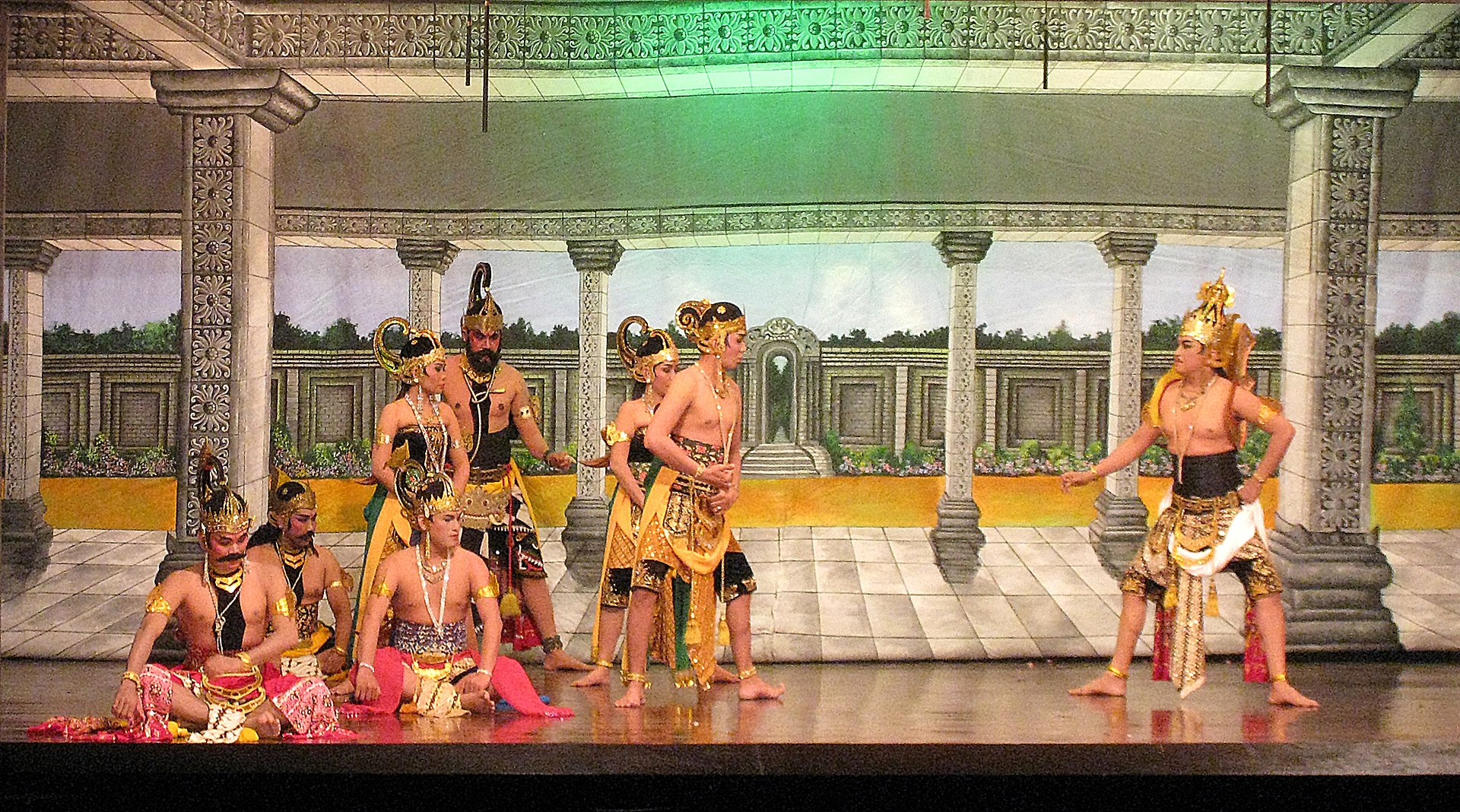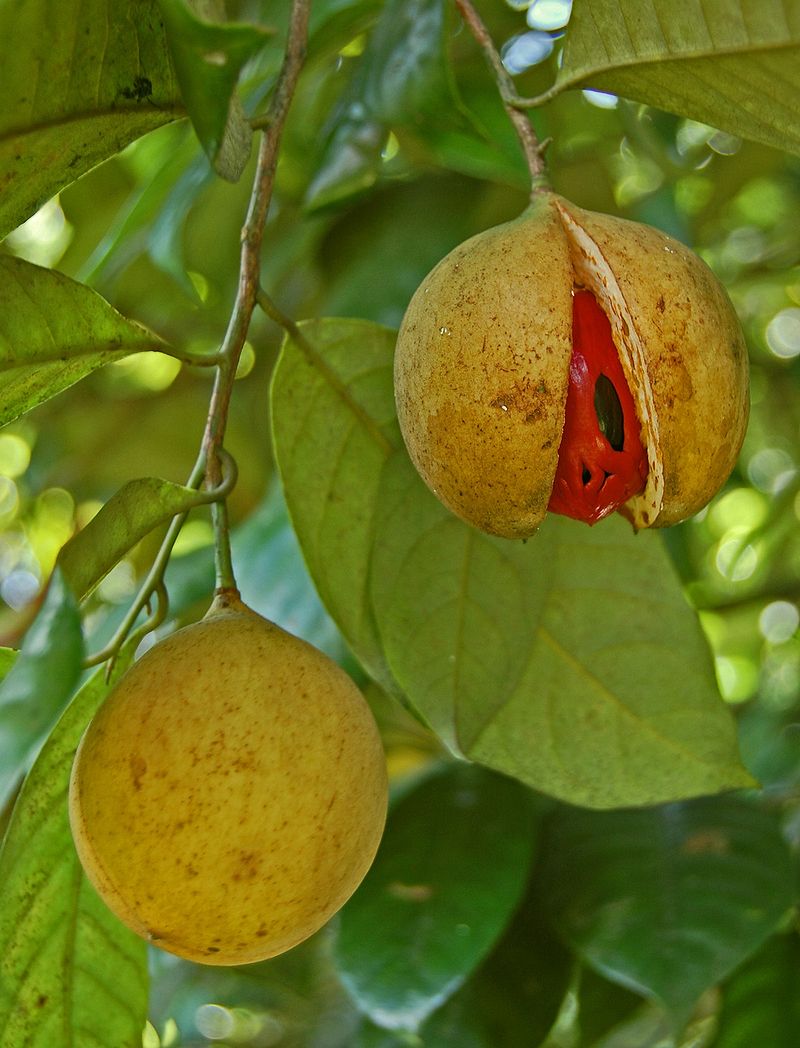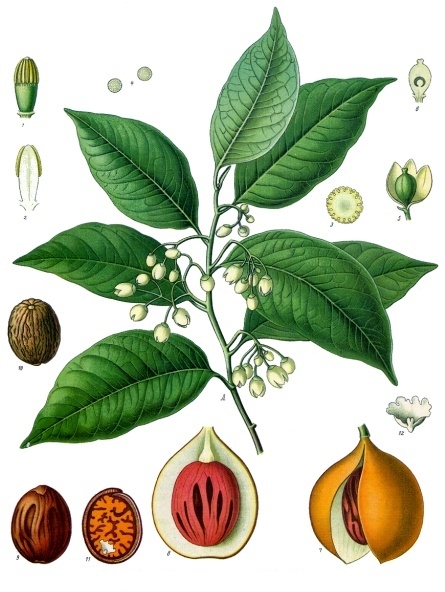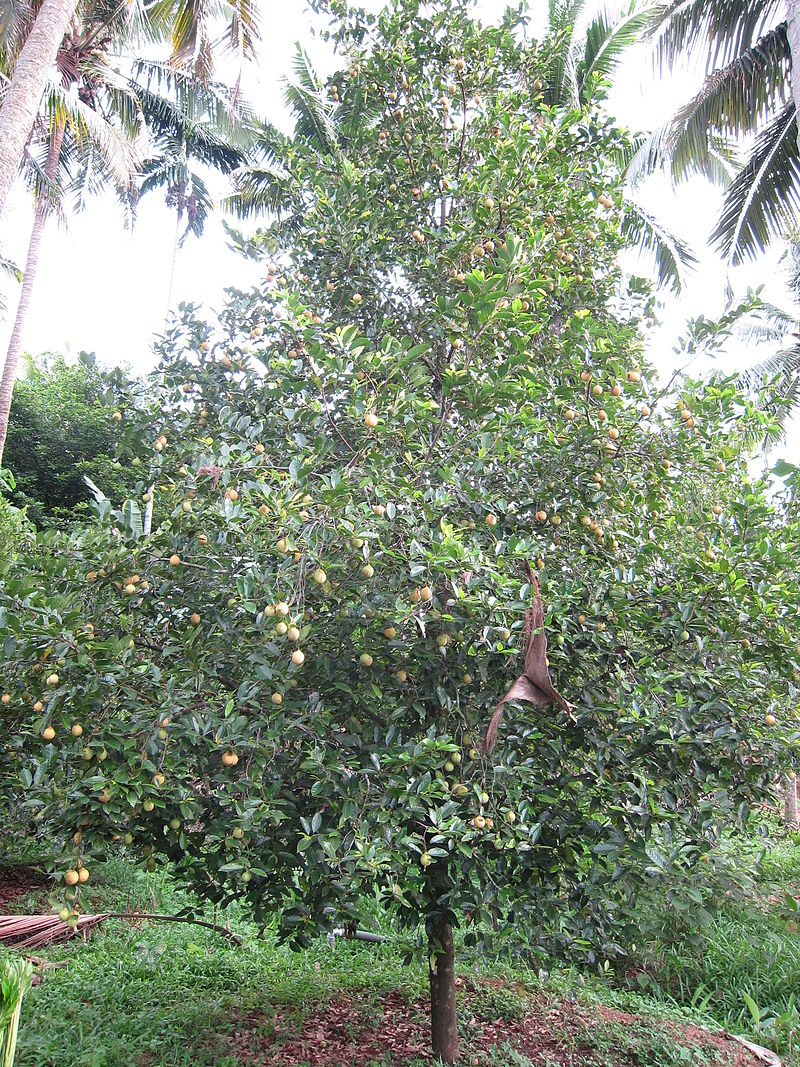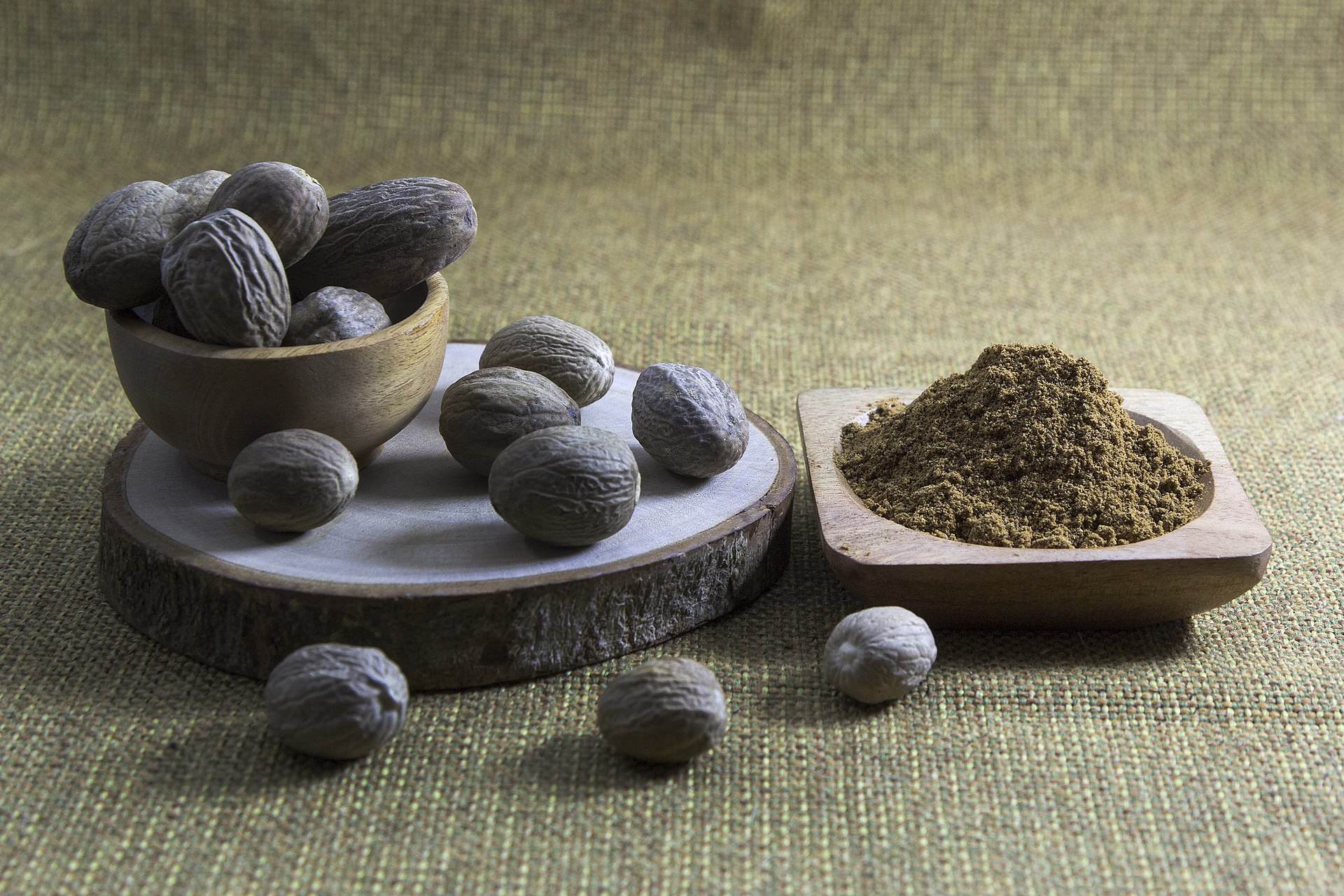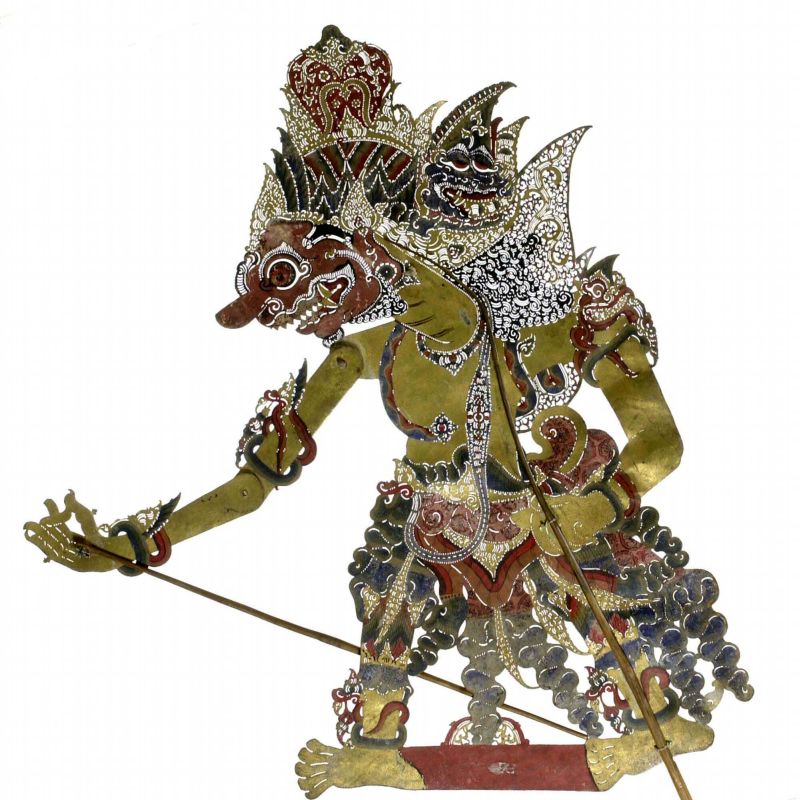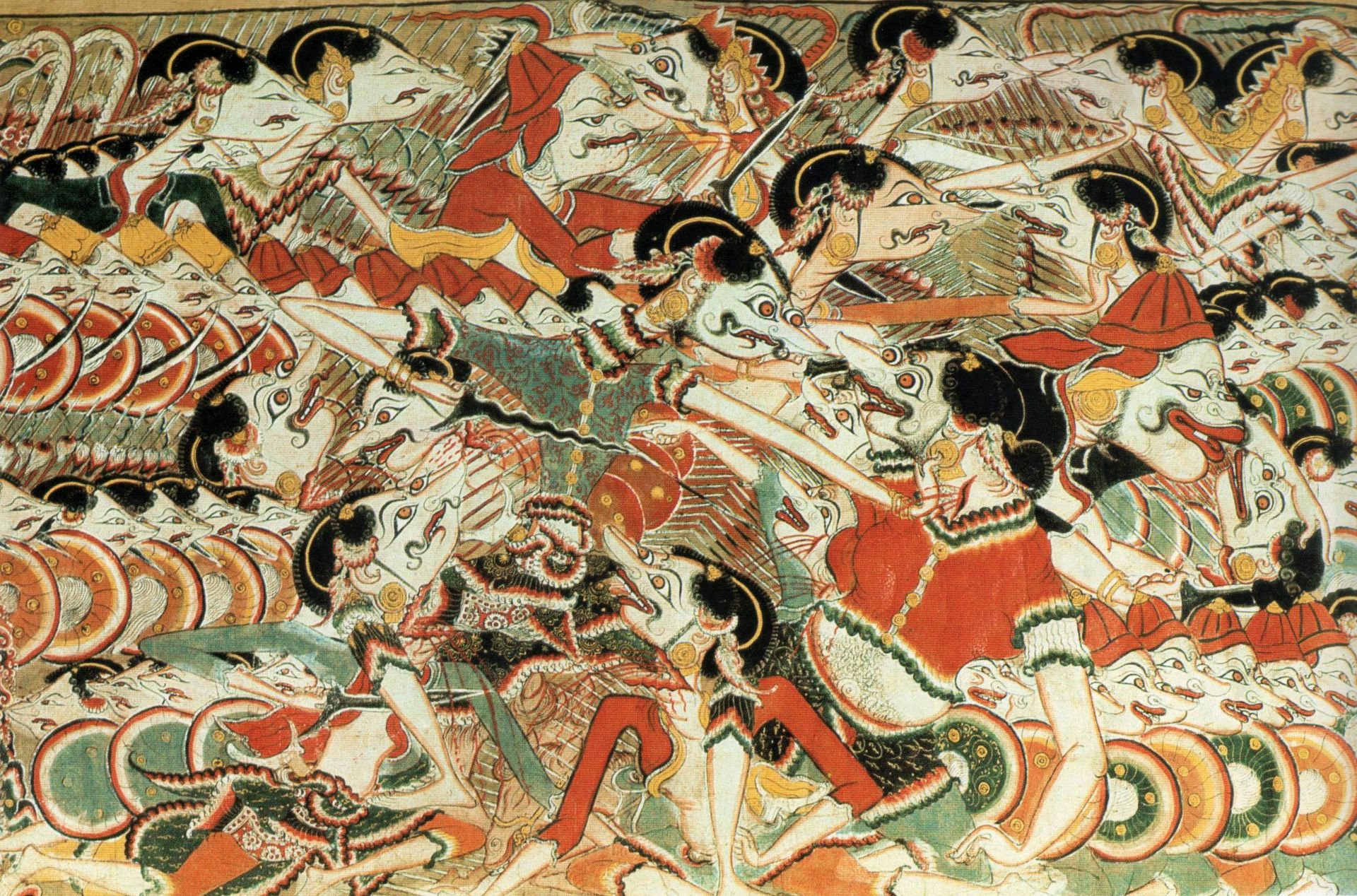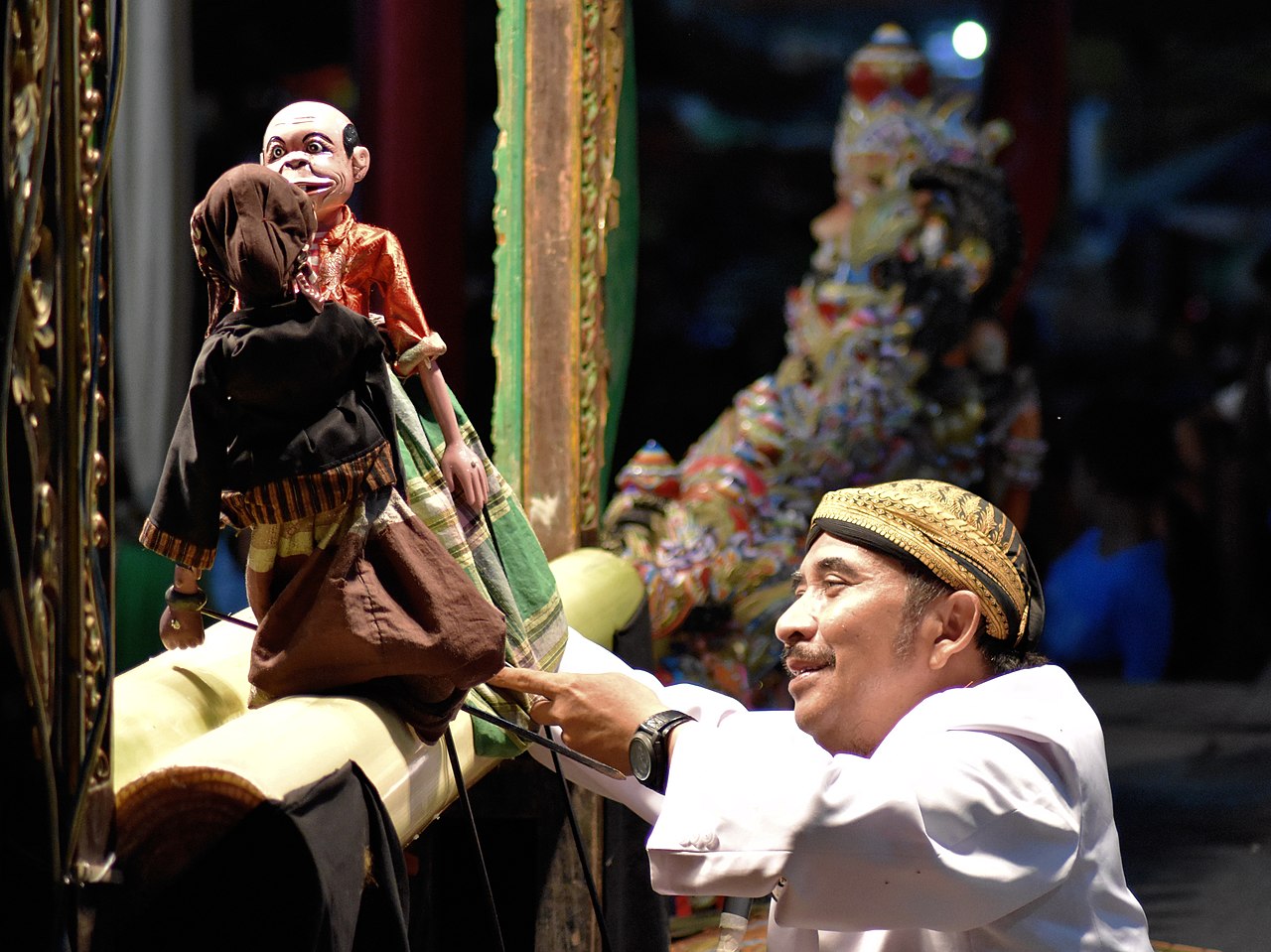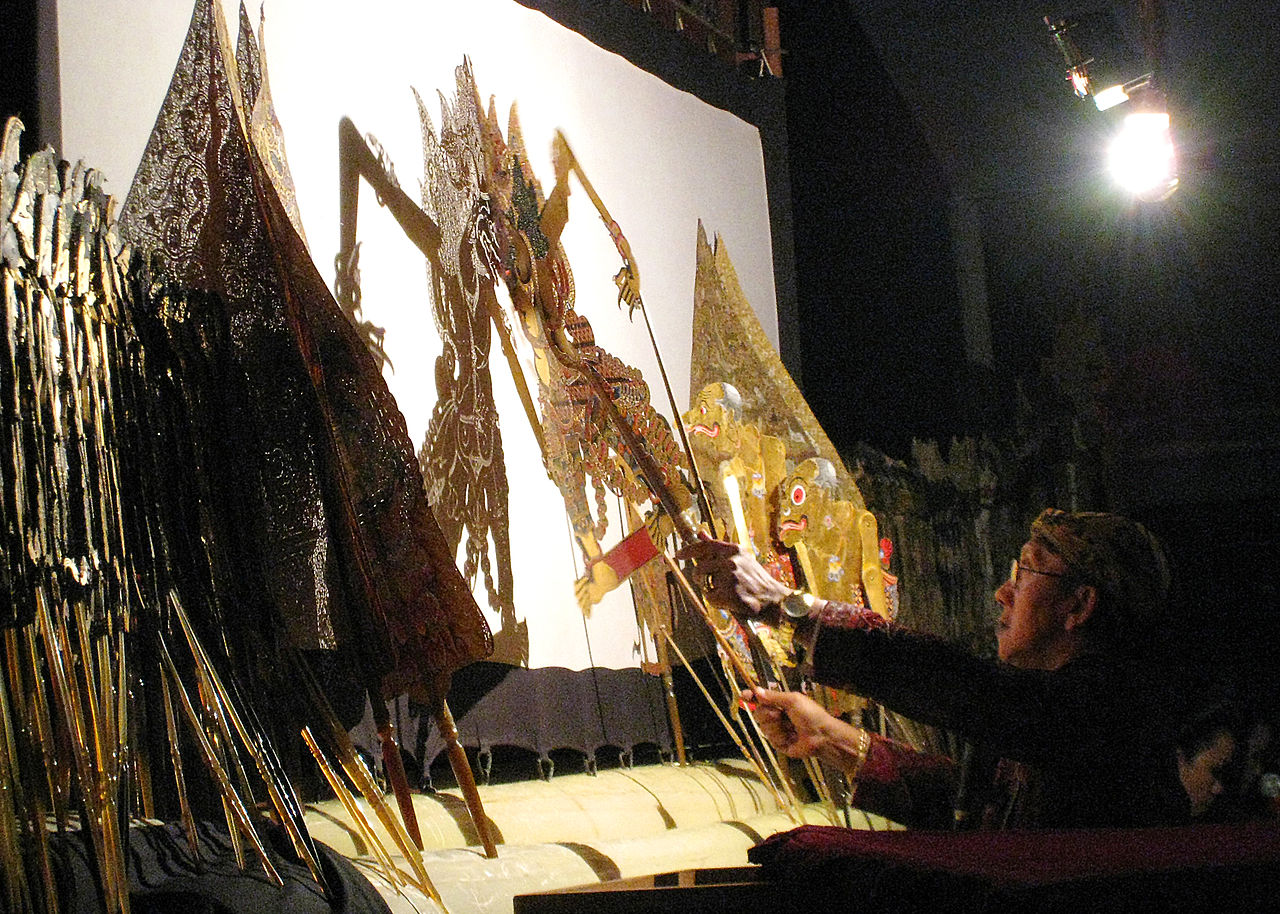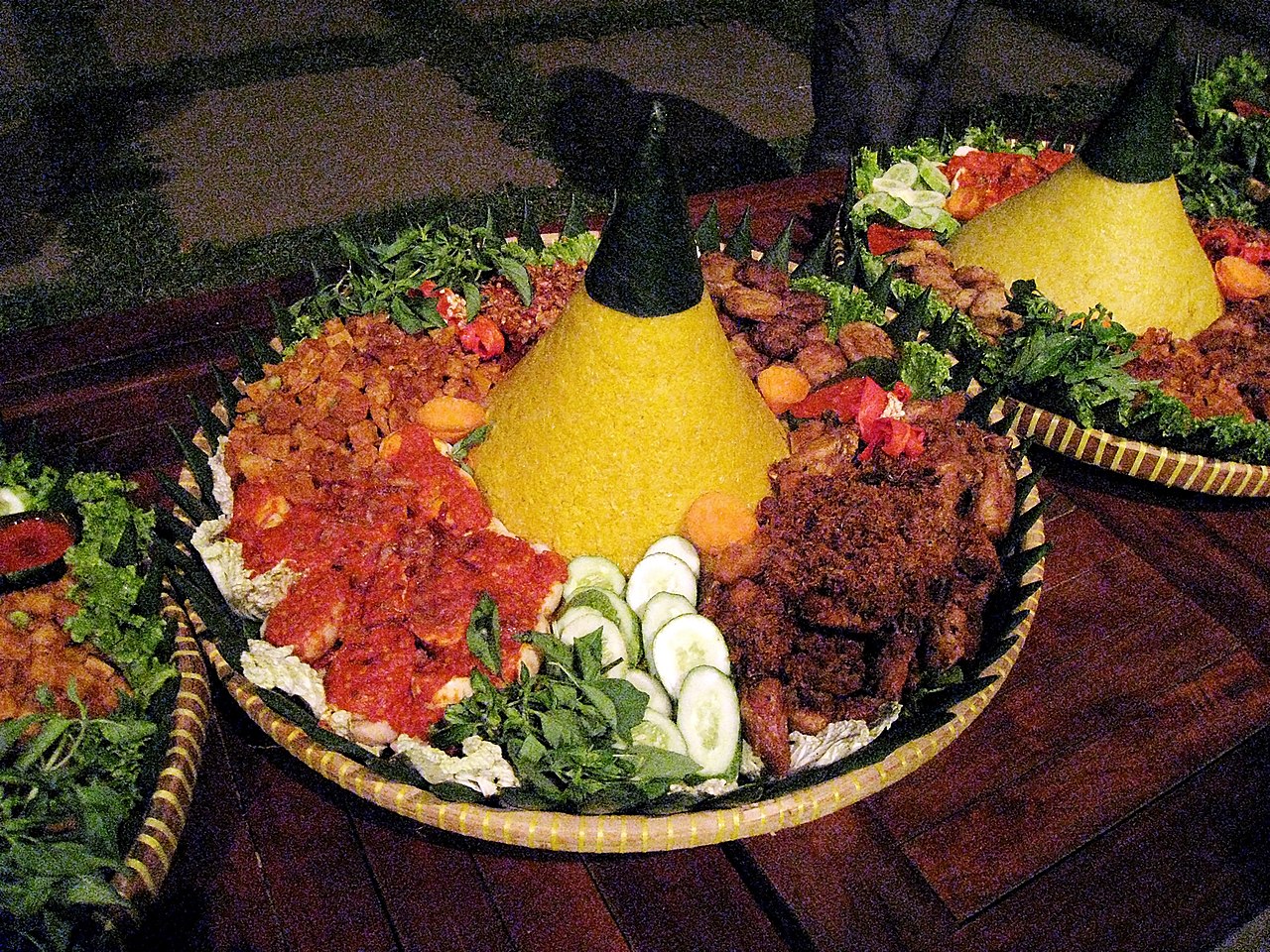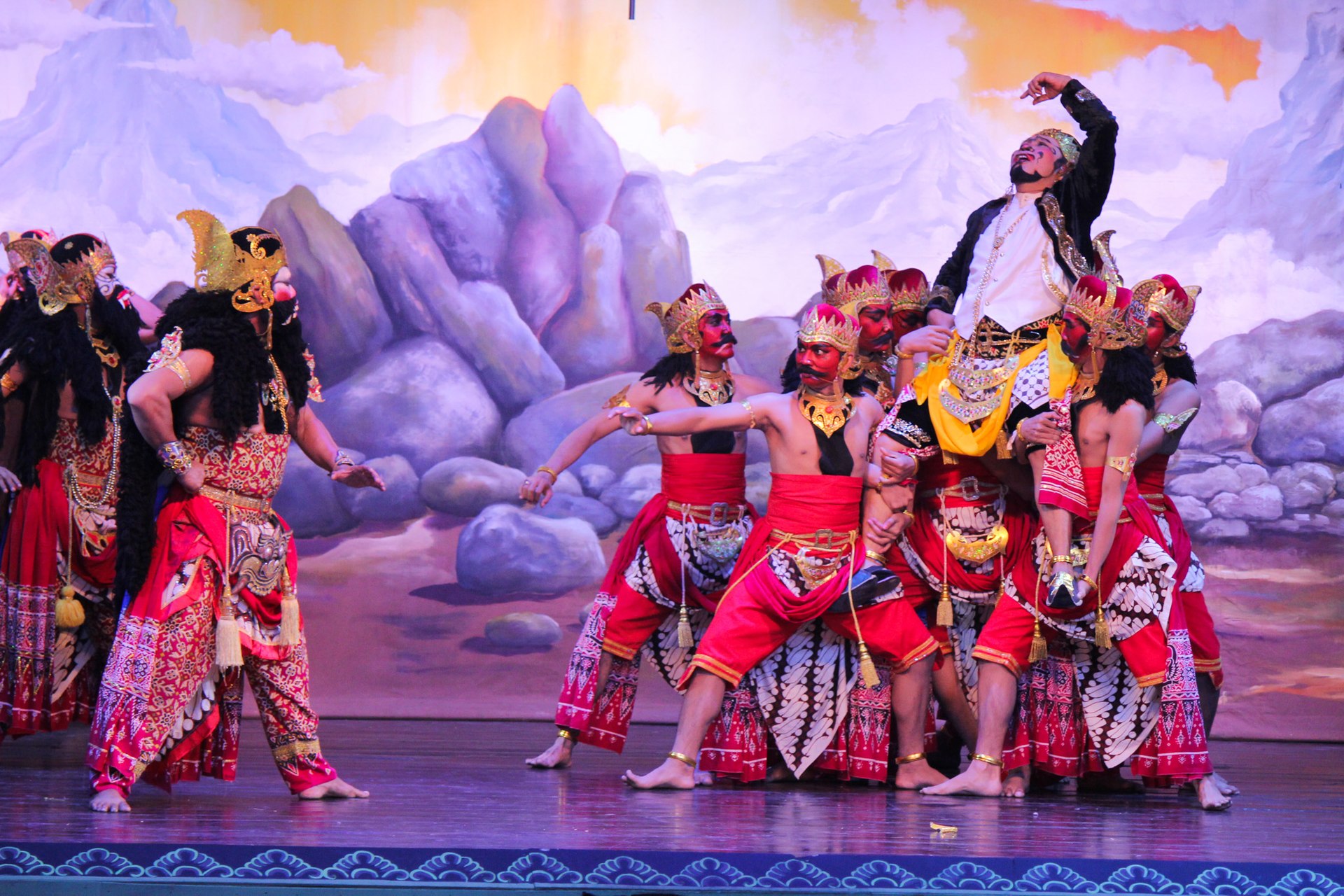
AsianOverland.net
Tour Guide - Itinerary
Asian Overland Sydney to London
Started 22/06/2022 Finished 21/06/2023365 Days ITINERARY
Day 355 date 11/06/2023BOROBUDUR to YOGYAKARTA, JAVA, INDONESIA
ASIANOVERLAND.NET SYDNEY TO LONDON DAY 355/38: YOGYAKARTA, JAVA, INDONESIA
Yogyakarta is the capital city of Special Region of Yogyakarta, in the south-central part of the island of Java. As the only Indonesian royal city still ruled by a monarchy, Yogyakarta is an important centre for classical Javanese fine arts and culture such as ballet, batik textiles, drama, literature, music, poetry, silversmithing, visual arts, and wayang puppetry, which is performed on many streets in Yogyakarta, especially in the evening – just walk down the road and you’ll see a puppetry show.
Wayang is a traditional form of puppet theatre play which originated on Java. Wayang refers to the entire dramatic show. Sometimes the leather puppet itself is referred to as wayang. Performances of wayang puppet theatre are accompanied by a gamelan orchestra in Java. The dramatic stories depict mythologies, such as the Hindu epics the Ramayana and the Mahabharata, as well as local cultural legends.
Wayang is one of the heights of Indonesian culture, and includes acting, singing, music, drama, literature, painting, sculpture, carving, and symbolic arts. The traditions, which have continued to develop over more than a thousand years, are also a medium for information, preaching, education and entertainment.
The restaurants and food stalls in Yogyakarta are just as fantastic as the Wayang puppet shows. Known throughout the world as the "Spice Islands", the Indonesian islands of Maluku (Moluccas) were known as the Spice Islands because of the nutmeg, cloves galangal and other spices that were exclusively grown there, leading to European colonisation from the sixteenth century.
Spices such as nutmeg, clove, and galangal are native to Indonesia. Other spices from mainland Asia were introduced in ancient times, and became integral ingredients in Indonesian cuisine. Black pepper, turmeric, lemongrass, curry leaf, shallot, cinnamon, candlenut, coriander, ginger and tamarind were introduced from India or mainland Southeast Asia, while spring onions and garlic were introduced from China. New World spices such as chili pepper and tomato were introduced by Portuguese and Spanish traders during the 16th century.
Inscriptions from the 8th to 10th centuries record ancient dishes including water buffalo minced meat satay (today’s Balinese sate lilit), water buffalo meat with sweet palm sugar, boiled vegetables served in spices (today’s urab), boiled yams and tubers served with liquid palm sugar, and eel seasoned with lemon basil. Ancient beverages include sugarcane juice, Jati Wangi (jasmine beverage), and Kinca (tamarind juice).
In Javanese culture, food is an integral part of traditional ceremonies, often performed as a symbol of gratitude, usually involving a communal feast where participants and guests eat together. Food is usually prepared, cooked and served together, and symbolizes working together, harmonious communal spirit, abundance and gratitude.
Foreign influences on Javanese food can be seen in fried rice (Chinese), and curry (Indian).
Rice is an important food in Java, dating back to ancient times. The Javanese revere Dewi Sri as the Rice Goddess. Steamed rice is the common staple food and served at every meal. Rice may be cooked in coconut milk or coloured with turmeric as yellow rice. Tumpeng, cone-shaped yellow rice, is essential in Javanese traditional ceremonies.
Tubers such as yam, taro and sweet potato are often consumed as snacks. Bread and grains other than rice are uncommon, although noodles and potatoes are often served as accompaniments to rice. Potatoes are often boiled then mashed, shaped into discs, spiced, coated in beaten eggs and fried. Wheat noodles and rice vermicelli, are influenced by Chinese cuisine. The Javanese adopted these ingredients and made them their own by adding kecap manis (sweet soy sauce) and local spices. Vegetables feature heavily in Javanese cuisine.
Coconut milk, peanut sauce, palm sugar, tamarind, shrimp paste, shallot, garlic, turmeric, galangal, ginger, and chili sambal are common ingredients and spices in Javanese cuisine.
Freshwater fish including carp and catfish are popular, while seafood such as tuna, red snapper, ray, anchovy, shrimp, squid and salted fish are popular in coastal Javanese cities. Chicken, goat meat, beef, lamb and mutton are popular meats in Javanese cuisine. In addition to common farmed chicken, ayam kampung or free-range chicken, is popular and valued for its leaner, more natural flavours. Almost 90% of Javanese are Muslim, so Javanese cuisine usually omits pork.
© This work is copyright. Apart from any use permitted under the Copyright Act 1968, no part may be reproduced by any process, nor may any other exclusive right be exercised, without the permission of Peter Searle, peter@portseavillageresort.com; 1980-2024.
Website built by Justin O’Dea www.webdeveloperdocklands.com.au
